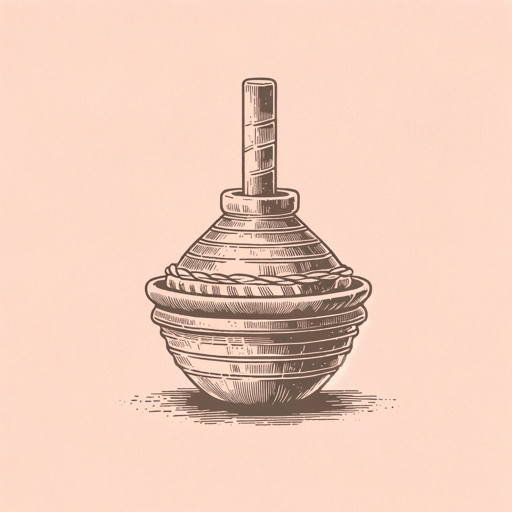54 pages • 1 hour read
Alan BrennertMoloka'i
Fiction | Novel | Adult | Published in 2003A modern alternative to SparkNotes and CliffsNotes, SuperSummary offers high-quality Study Guides with detailed chapter summaries and analysis of major themes, characters, and more.
Symbols & Motifs
Wounds
Wounds, both emotional and physical, pepper the novel and symbolize how the stigma of Hansen’s disease operates. These physical wounds, from the tumors Rachel originally sees at the receiving station and the blemishes that mark her and Pono as future exiles, separate those with Hansen’s disease, even after sulfa drugs help reverse the progress of the disease. Hansen’s disease creates other unseen but painful wounds, as the stigma that drives families apart hurts both those who head to Moloka’i and those who remain behind. The first mention of a wound associated with Hansen’s disease operates just this way, representing both emotional distance and physical pain and harm. As the health inspector tracks Pono down, Pono scraps his face in the cane, “but the livid red blemish beneath his left eye was a wound of a very different sort, and a mark—permanent and ineradicable—of his shame and his fear” (20-21). Foreshadowing the growth of tumors that will soon appear on Pono’s face and demonstrating the emotional pain of the diagnosis and subsequent exile, these wounds show the double sorrow Pono will face.
These emotional wounds exist for people with Hansen’s disease but also for the families the exiled people leave behind.


